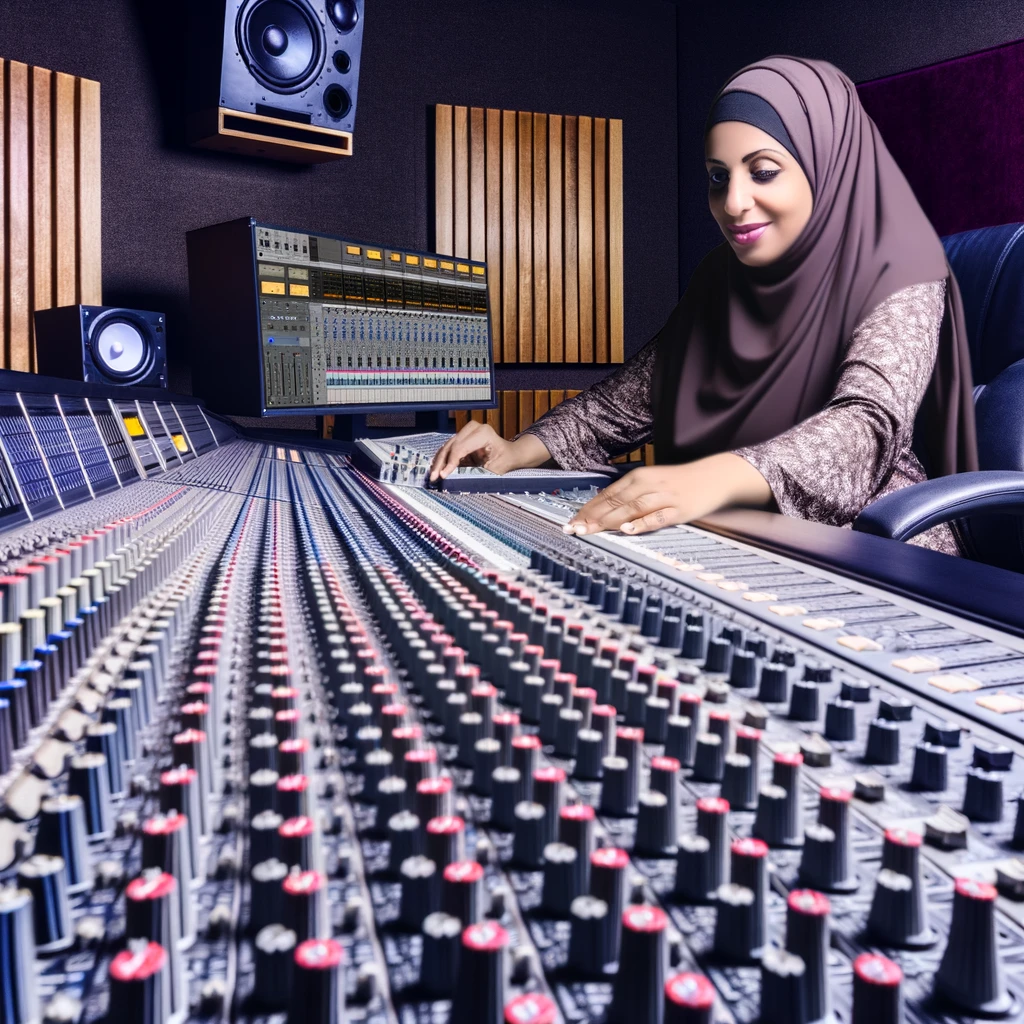
Behind the Grooves: The Art of Mastering in Music Production
In the vast world of music production, mastering stands out as a critical step that can make or break the final sound of a track. Often referred to as the 'final polish,' mastering is the process of preparing and transferring recorded audio from a source to a data storage device, the final mix, through a series of audio enhancements.
Understanding the Basics of Mastering
Mastering involves a variety of processes, including equalization, compression, limiting, and stereo enhancement. The goal is to ensure that the track sounds cohesive and is optimized for playback across all systems and media formats. It’s the bridge between the creative and technical aspects of music production, ensuring that the artistic intent is preserved while enhancing the audio's quality.
The Role of the Mastering Engineer
A mastering engineer plays a crucial role in music production. They bring an objective ear to the project, using specialized equipment and software to refine the mix. Their expertise lies in understanding the nuances of sound and how different frequencies interact within a track. A good mastering engineer can transform a good mix into a great one, ensuring clarity, balance, and volume consistency.
Techniques and Tools Used in Mastering
1. Equalization
Equalization (EQ) is used to balance the frequency spectrum of the track. It involves adjusting the levels of various frequencies to enhance the overall sound. This step is crucial for eliminating unwanted frequencies and enhancing the desirable ones.
2. Compression
Compression helps to manage the dynamic range of a track, ensuring that all elements are audible and that louder elements do not overshadow quieter ones. This process helps in maintaining a consistent volume throughout the track.
3. Limiting
Limiting is used to increase the perceived loudness of a track without causing distortion. It ensures that the track can compete with others in terms of volume, especially in commercial environments.
4. Stereo Enhancement
Stereo enhancement techniques are applied to create a wider, more immersive soundstage. This can involve phase manipulation and other techniques to ensure that the track sounds expansive and full.
The Importance of a Controlled Listening Environment
Mastering requires a controlled listening environment to ensure accuracy. Mastering studios are designed with specialized acoustics to provide a flat frequency response, allowing the engineer to hear the track as it truly is. This environment is crucial for making precise adjustments and ensuring that the mastered track translates well across different playback systems.
The Impact of Digital Technology on Mastering
Digital technology has revolutionized the mastering process, offering a wide range of tools that provide precision and flexibility. Software plugins that emulate analog equipment have become increasingly popular, offering engineers the ability to achieve a warm, analog sound with the convenience of digital precision.
AI and Automated Mastering
In recent years, AI-powered mastering services have emerged, offering quick and affordable solutions. While these services can be beneficial for certain projects, they often lack the nuanced touch and creative decision-making that a human engineer provides.
Conclusion
Mastering is an art form in itself, one that requires a deep understanding of both the technical and creative aspects of music production. Whether you choose to work with a professional mastering engineer or explore automated solutions, understanding the fundamentals of mastering is essential for any music producer aiming to achieve a polished, professional sound.
Related Articles





